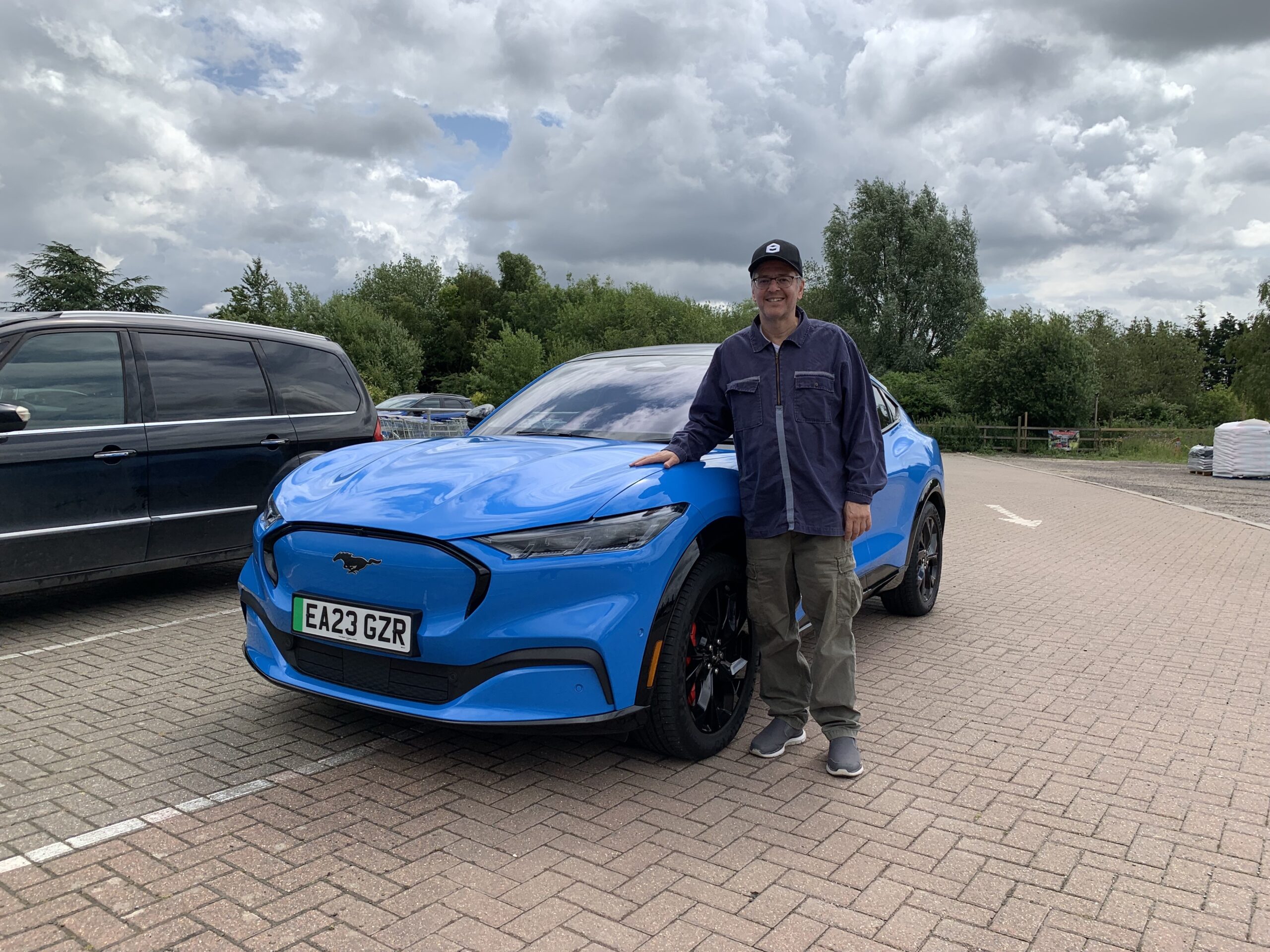In an exclusive interview with Safestocks, Stifel technology analyst Peter McNally has confirmed that his view is that Seeing Machines does not require a fundraise and is set to become cashflow positive, on a monthly basis, in the 2025 financial year (FY2025).
Peter McNally, took over coverage of Seeing Machines at Stifel (house analyst) five months ago but he has known the company for a number of years. I think his insights will prove invaluable. I’m presenting my questions and Peter McNally’s answers in a Q&A format to preserve the integrity of his answers.
Q&A with Peter McNally
Q. Regarding the H1 2024 Trading Update & Quarterly KPIs, what was your view?
Firstly, the KPIs look good to me. They are the only company out there that is actually doing any normal KPIs and providing transparency. The cars on the road number at 1.5m is a great milestone to reach. We know it is just the beginning. The numbers themselves look very healthy, we’re not changing estimates or anything like that.
What we saw was that everything is in line. We wondered if the headline number of 5% growth was going to dissuade any folks. We tried to call out on our note that they are not making excuses for themselves by stating that the underlying growth is 28%, if you take out that Magna exclusivity licence. It is actually quite valid because that 28% growth is more around royalties, boxes, monitored connections and that license really is kind of a one-off.
That was 28% growth in the first half. Based on our estimates, to hit the full year numbers they have to move from US$26.5m in the first half to US$40m in the second half. That sounds like a big number but for them it is actually not. Typically, the company revenues are 40% first half weighted and 60% second half weighted — to get to our number assumes 61% weighting in the second half. That is pretty much in line with typical seasonality. You also have to keep in mind that you have some sales that were done of the Gen 3 Guardian product on the back of CES and, as regulatory deadlines approach, there will be demand for more services.
Their existing launches are still ramping, so we think that is good news. If you were to do it on a like-for-like basis, it assumes the second half grows at 20% and they just did 28% in the first half. So we’re pretty comfortable with it.
Regarding the cash position, we’re also comfortable with that given that we expect a $14m increase in revenues in the second half while the costs are virtually the same. There is about $1m increase between this year’s costs and last year’s costs, and I am talking cash cost not just income statement costs.
The cash costs for this business in FY2024 are, in my estimates, only about $1m more than they are in 2023 but revenue rises by $7.9m. The company hasn’t cut its cost structure by much, it’s just that the revenues are coming through. That is what reduces the cash burn down to a very low level, along with $5.5m of receivables and inventory unwind in the second half. They are saying somewhere between $5-6m.
Q. So there is no reason for a raise this calendar year?
A. There is no reason for a raise at all, so far as I can see. Unless they wanted to. They are on track to be profitable next year. It’s not a shoo in, they’ve certainly got their work cut out for them. It all looks like it’s going to plan, so we’re not worried.
Q. When exactly do you expect Seeing Machines to be cash flow positive?
A. Our estimates assume that on an operational basis in FY2025 they will do operating cash flow of just over $21m but we think they will spend about that amount on capitalisation and hardware as well. We have a small net cash outflow of about US$1m for FY2025. However, on a monthly run-rate basis, they will become cash flow positive during fiscal 2025, but we haven’t put out the exact month.
Q. Is there a likelihood that they might want to make an acquisition? For instance, to add more features to their auto offering?
A. I would say that at the moment they are 100% focused on the business that they have at hand. That doesn’t mean that they are not opportunistic. If something were to come up I’m sure they would have a look at it. But I don’t think acquisitions are on the radar screen at the moment. Maybe they might be, further down the line. Could it be some form of geographical expansion, I think that’s possible.
In terms of features they are in the driving seat. They are the one who is developing the features in the marketplace. I don’t think they need to buy in any features, I think they can develop them themselves. If there’s a short cut to development time that’s always a consideration, but I don’t think that’s in their mind at the moment.
Q. In terms of a US listing I hear a lot of chatter. However, if they do decide to go down that path isn’t it much further down the line, say 18 months to 2 years away?
A. There are many people who have suggested a US listing at some stage. Will they do it? I don’t know. I guess they could consider it but I think they have a lot of ground to cover before they would consider something like that. I think they are focused on making this business work right now rather than another listing.
Two years from now they might be in a very comfortable position, where the royalties are just rolling in. If they were to consider a US listing I think it is much further down the line.
The writer holds shares in Seeing Machines.

